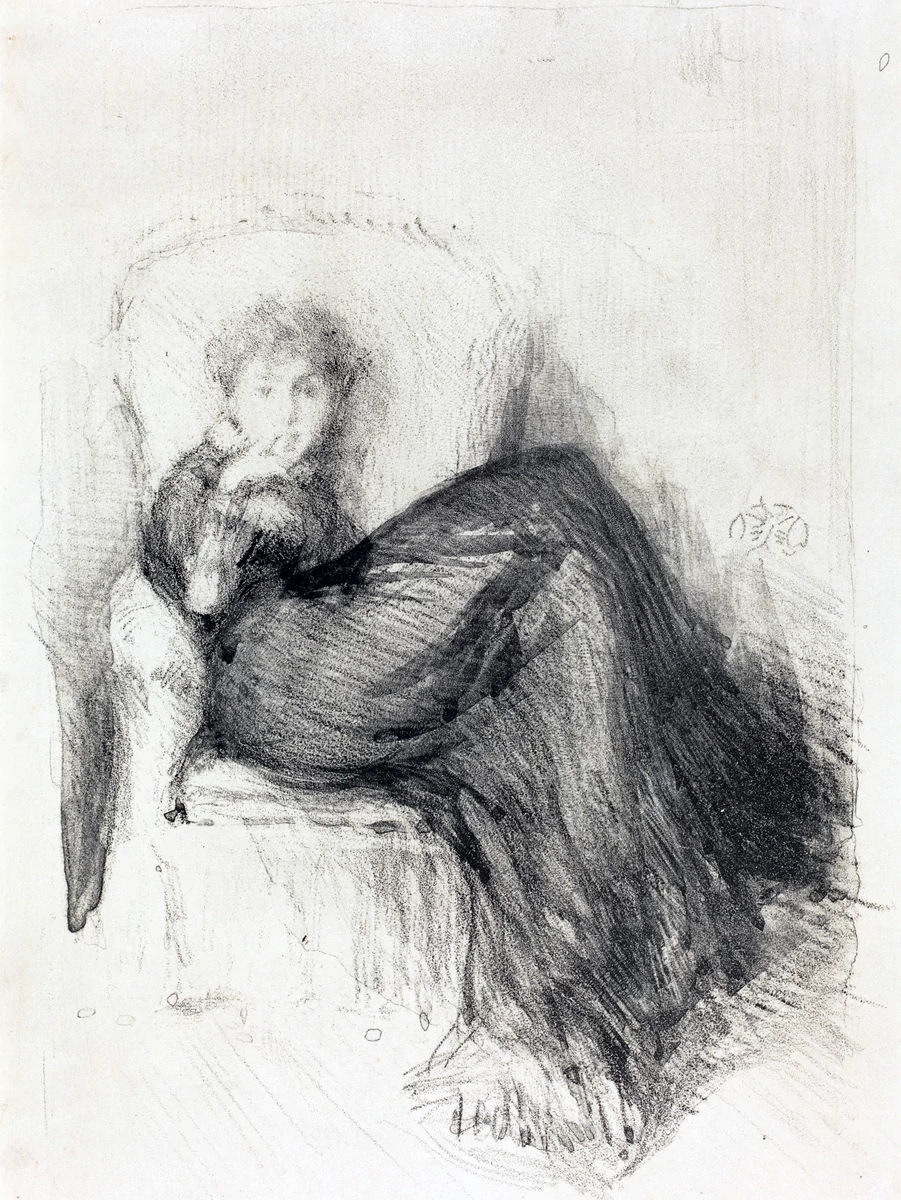
Lithography is a printing process in use since its invention in 1796 by the German playwright Alois Senefelder. An Aquatint is an intaglio printmaking technique that creates smooth fields of value rather than lines. So what’s a Lithotint? Despite its portmanteau moniker, Lithotint is less of a distinct art medium, and more of an evolution of lithographic technology.
Developed by the English printmaker Charles Joseph Hullmandel, the invention and benefit of lithotint was described in the November 27th, 1841 issue of the Spectator newspaper: “instead of Indian ink, [the artist] dips his pencil in lithographic ink, laying the tints on stone instead of on paper; and by this simple change of materials, his first thoughts become capable of reproduction more than a thousandfold. ...lithography was only adapted to crayon or pen-drawing, the two slowest methods of art, and very rarely practiced by English artists of eminence. The painter had no means of reproducing a sepia drawing in which his own touch is preserved, until the invention of lithotint.”
Today, the term Lithotint is rarely used, as the technique has been subsumed into the general medium of Lithography, but Obelisk is a history platform, so we can't help but take a moment to raise a glass to Mr. Hullmandel and his lovely reminder that art mediums can and should evolve.